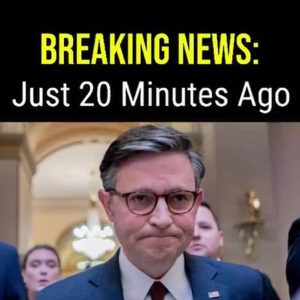**Trump Confirms Long-Discussed Policy Change, Turning Rumor Into Reality**
Former President Donald Trump has officially confirmed a long-speculated policy shift, turning what had circulated for months as rumor into a concrete plan. The announcement, made during a press briefing and later echoed on social media, immediately energized supporters while intensifying debate among critics and policy analysts.
### **The Policy Change: What Trump Confirmed**
According to Trump, the policy—long discussed in conservative circles—centers on **expanding presidential authority to restructure federal agencies**. The proposal, which mirrors elements previously floated during his administration, would give the executive branch greater flexibility to:
* **Reassign federal employees** to new departments,
* **Streamline or dissolve certain offices**, and
* **Appoint leadership without lengthy congressional delays**.
While Trump did not release a full blueprint, he stated that the plan would be “a foundational part” of his platform moving forward.
### **Why the Rumor Spread**
The idea of a federal restructuring has been circulating among Republican strategists and former administration officials for months. Policy experts refer to the framework as a modernized version of “Schedule F,” a classification change that would shift certain civil service positions into more politically accountable roles.
For weeks, many questioned whether Trump would fully embrace the overhaul again—until his statement settled the speculation.
### **Supporters Applaud the Move**
Trump’s supporters argue the policy change is essential for what they call *“restoring accountability”* within the federal bureaucracy. They claim that the existing structure is inefficient and resistant to reform.
> “It’s about giving the American people a government that works for them,” a spokesperson said.
Conservative commentators and several GOP lawmakers quickly echoed the sentiment, stating that the federal workforce has grown “unresponsive to elected leadership” and requires modernization.
### **Critics Raise Concerns**
Opponents, however, see the move very differently. Critics warn that such restructuring could:
* Politicize previously nonpartisan roles,
* Remove long-standing checks on executive power,
* Lead to instability within federal agencies.
Legal analysts also note that similar proposals faced lawsuits in the past—and any new version would likely face the same.
### **What Happens Next?**
Trump indicated that a more detailed policy outline would be released in the coming weeks. In the meantime, lawmakers, advocacy groups, and constitutional scholars are preparing for what could be one of the most significant debates over federal governance in years.
Regardless of political stance, one thing is clear:
**The rumor is no longer a rumor.**
Trump has put the policy squarely on the table, and the nation’s attention is now fixed on what comes next.





